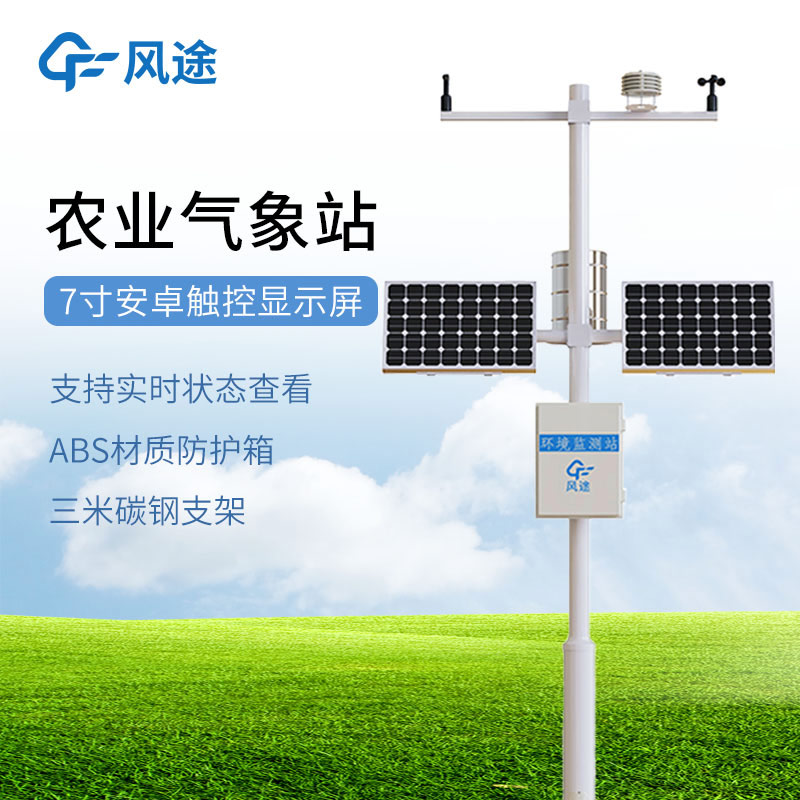Shandong Fengtu IOT Technology Co., Ltd
Sales Manager:Ms. Emily Wang
Cel,Whatsapp,Wechat:+86 15898932201
Email:info@fengtutec.com
Add:No. 155 Optoelectronic Industry Accelerator, Gaoxin District, Weifang, Shandong, China

Sales Manager:Ms. Emily Wang
Cel,Whatsapp,Wechat:+86 15898932201
Email:info@fengtutec.com
Add:No. 155 Optoelectronic Industry Accelerator, Gaoxin District, Weifang, Shandong, China
time:2024-06-27 08:47:51 source:Weather Station viewed:498 time
Sensor technology is developing rapidly and is widely used, especially in the field of consumer electronics. In agriculture, however, the pace of application of this technology has been relatively slow. Modern greenhouses, for example, are typically equipped with only one sensor per 1,000 square metres of area to monitor environmental factors such as temperature, humidity, carbon dioxide concentration and light intensity.
If sensors and actuators could be deployed on a large scale in a dense network, it could significantly increase agricultural productivity and resilience to climate extremes, and help reduce environmental impacts and resource consumption. This network of sensors, sometimes referred to as the Internet of Plants (IoP), is capable of monitoring environmental parameters that are beyond the range of human perception, providing farmers with accurate data support.
Contemporary society has continued to evolve beyond the traditional agricultural model, and modern civilisation has placed higher demands on agriculture. Global agriculture is progressively incorporating multifunctional sensors aimed at a unified goal: increasing yields and improving quality, which not only leads to economic growth, but also promotes environmental sustainability and ensures the long-term cultivation of the land.
Using sensors, farmers are able to monitor and control key natural variables in agricultural production in real time, enabling remote operations and significantly reducing labour intensity. By analysing this data, farms can be managed more scientifically and crop resilience can be improved, thereby increasing agricultural output.
IoT technology is making smart agriculture more and more advanced, but sensors are still key, and the data they collect allows the IoT to work better. With sensors, farmers and ranchers can get timely and important information to help them manage their farmland and make farming work smarter and more efficiently.

Soil is the cornerstone of crop growth, and the scientific regulation of its water is not only the key to water-saving irrigation, but also to achieve the scientific use of water in agriculture and irrigation automation of the foundation. Reasonable regulation of soil moisture not only ensures the h...
Microclimate refers to the small-scale, low-level climate on the surface, which is closely related to human activities. There are mainly air temperature, air humidity, atmospheric pressure, light radiation, rainfall, soil temperature, soil moisture, soil conductivity, soil PH, carbon dioxide and oth...
ph sensor definition is one of the most important tools for measuring pH and is used to measure the acidity or alkalinity of a liquid or solution, with pH representing its acidity or alkalinity....
The five water quality parameters usually refer to the pH value, dissolved oxygen (DO), conductivity, temperature, and turbidity. These are five important indicators that reflect the basic condition of water quality.The pH value is used to measure the acidity and alkalinity of water. The range...